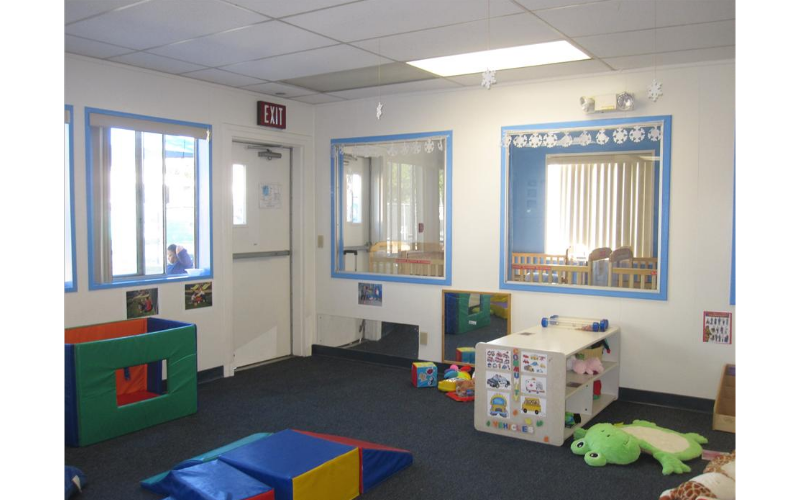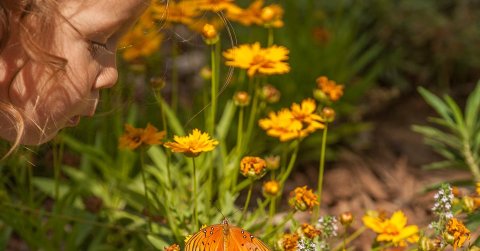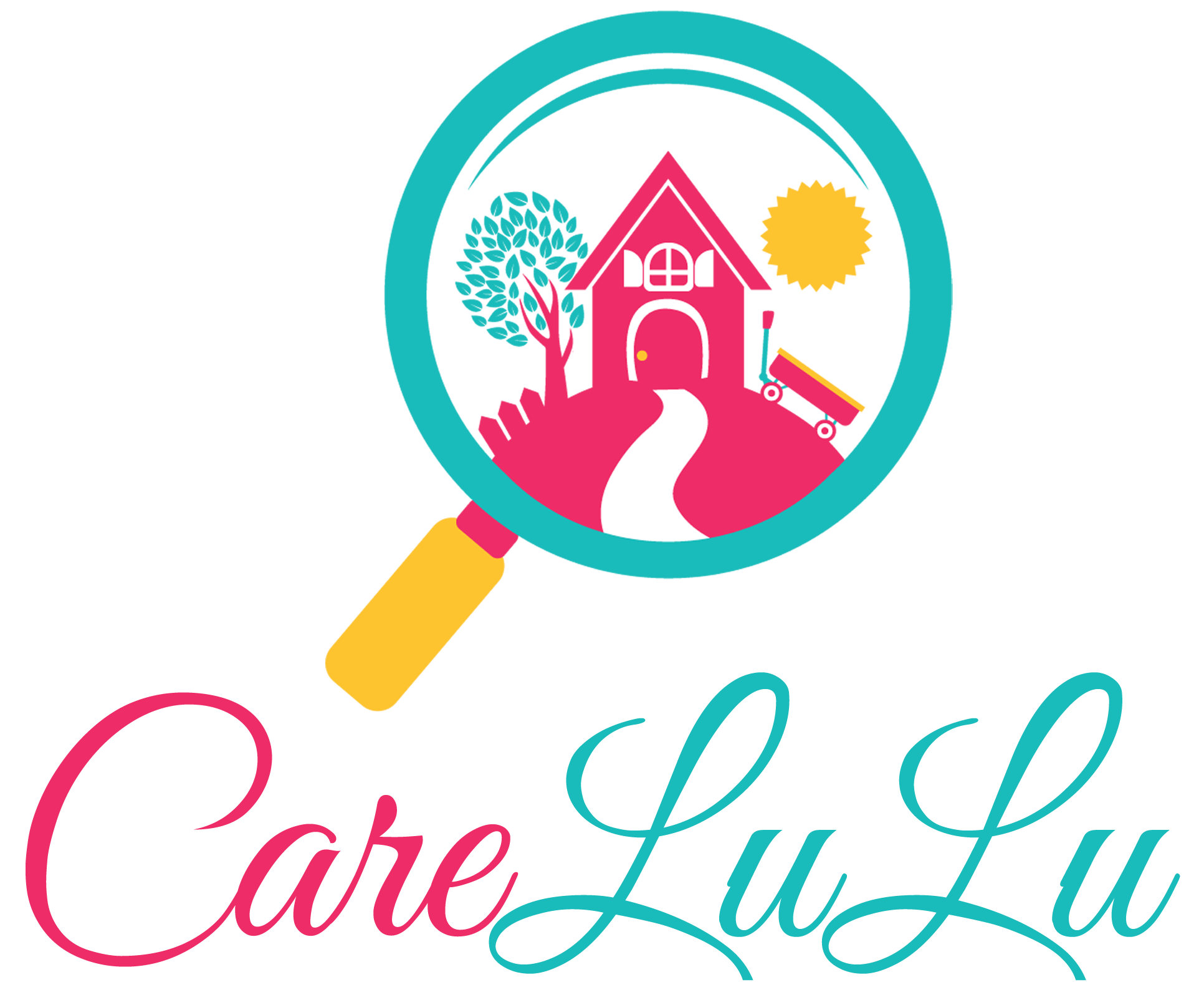
La Casita Verde, Los Angeles
Average Parent Rating
About
Mount Washington Preschool and Child Care Center has three centers: La Casita Verde, Harry Pregerson and Joy Picus Child Development Center.
MWPCCC is a community-based, non-profit organization in Northeast Los Angeles whose mission is to create, manage and sustain:
1. Developmentally appropriate, high quality, available, culturally-sensitive pre-school, child care and family support services;
2. Collaboration with other organizations to promote children’s optimal development and enhance the quality of family life in our diverse community.
La Casita Verde Child Development Center is housed in the historic Ziegler Estate in Highland Park. Rosa Guzman is the Center Director. Rosa has been with the agency for over eleven years. The center has a licensed capacity of 47 children for their three classrooms. The Infant room can have 7 infants ranging in age from 0-18 months, with three infant caregivers. The toddler room can have 12 toddlers ranging in age from 18-30 months, with 3 toddler caregivers. The Preschool room can have 28 children ranging in age from 2 ½ to 5 years 11 months, with 4 preschool teachers.
All three centers have the same philosophy. We are all Developmentally Appropriate Play Based Centers, meaning we believe all children learn through play. Our curriculum is emergent where we observe the children, and see what interests them, and we grow our activities through their interests. We expand on their knowledge by asking open-ended questions. The activities are open ended, and we allow the child the freedom to choose which activities they want to do.
Parents always ask, is their child learning academics? Yes, we incorporate academics through play. We will never do dittos, or worksheets, or coloring pages, or other boring, tedious things. Research shows that children who are given opportunities to explore and grow within their environment are more successful than their peers who are only exposed to worksheets and dittos. (Gorman, J 2016) Children need to learn the appropriate social-emotional skills to be successful in school.
One aspect of academics that we are adding more of to our play this year is STEAM: Science, Technology, Engineering, Art and Math. All of our centers have activities that integrate STEAM into our curriculum every day; however, now you will see the classrooms begin to document and display STEAM activities and projects. Here are some examples of how you will see STEAM in action:
• Every day when we mix paints to find a new color, or when we mix water to our sand, we are using Science. We will be asking your child open-ended questions, to help with their critical thinking skills. Your child will learn about cause and effect, and predicting what will happen next.
• For Technology, this one is hard. A lot of the research shows that in elementary schools, and in some preschools they are offering the children more screen time as a way to integrate Technology. Since this would interrupt our philosophy statement, I have found that cameras, or early technology, such as inclined planes and even scissors work. We might involve your children in the art of photography, and watch them take pictures of what they see.
• When we build with blocks, or we become construction workers and build with the crates we are doing Engineering. The teachers may ask the parents to help us with creating ramps for our balls, or water or engineer some tunnels.
• We create a masterpiece out of paint, glue, watercolors, crayons or markers, this is Art. When the children paint on the easels, this is what gets them ready for writing later on. It’s very important for children to paint on easels, with a variety of paints.
• When we measure at the water table, or count the teddy bears, this is Math. We count all day long. In every room we use math. We count, we read books, and we talk about how many people are in their families.
You may be asking yourself, what about the infants/toddlers. STEAM involves everyone, even the infants/toddlers. Based on the research from the Program for Infant and Toddler Care, we don’t do messy art with babies under the age of 12 months. However, we use STEM with them every day.
We use the SEAM. the Social Emotional Assessment Measure to assess the children's Social and Emotional development. We use work sampling, and observations to assess the whole child's development. We also involve the families in a part of the assessment.
Disclaimer: the licensing status was checked when this listing was created. We do our best to keep information up-to-date, but cannot guarantee that it is. You should verify the license/permit/registration status before enrolling in any child care program.
Contact This Program For Free
Send
Center

Hours
7:00am - 6:00pm
Ages
0 weeks - 6 years
Kindergarten
No
Before School Care
Yes
After School Care
Yes
Accreditation
No
Meals Provided
Yes
Transportation
No
Facilities
• Fenced Facilities
• Playground
• Multipurpose Room
• Library
• Indoor Playroom
Popular Child Care Programs
County Kids Place KinderCare
 Center
6:30am - 6:00pm
6 weeks - 6 years
Center
6:30am - 6:00pm
6 weeks - 6 years

Other Child Care Options






